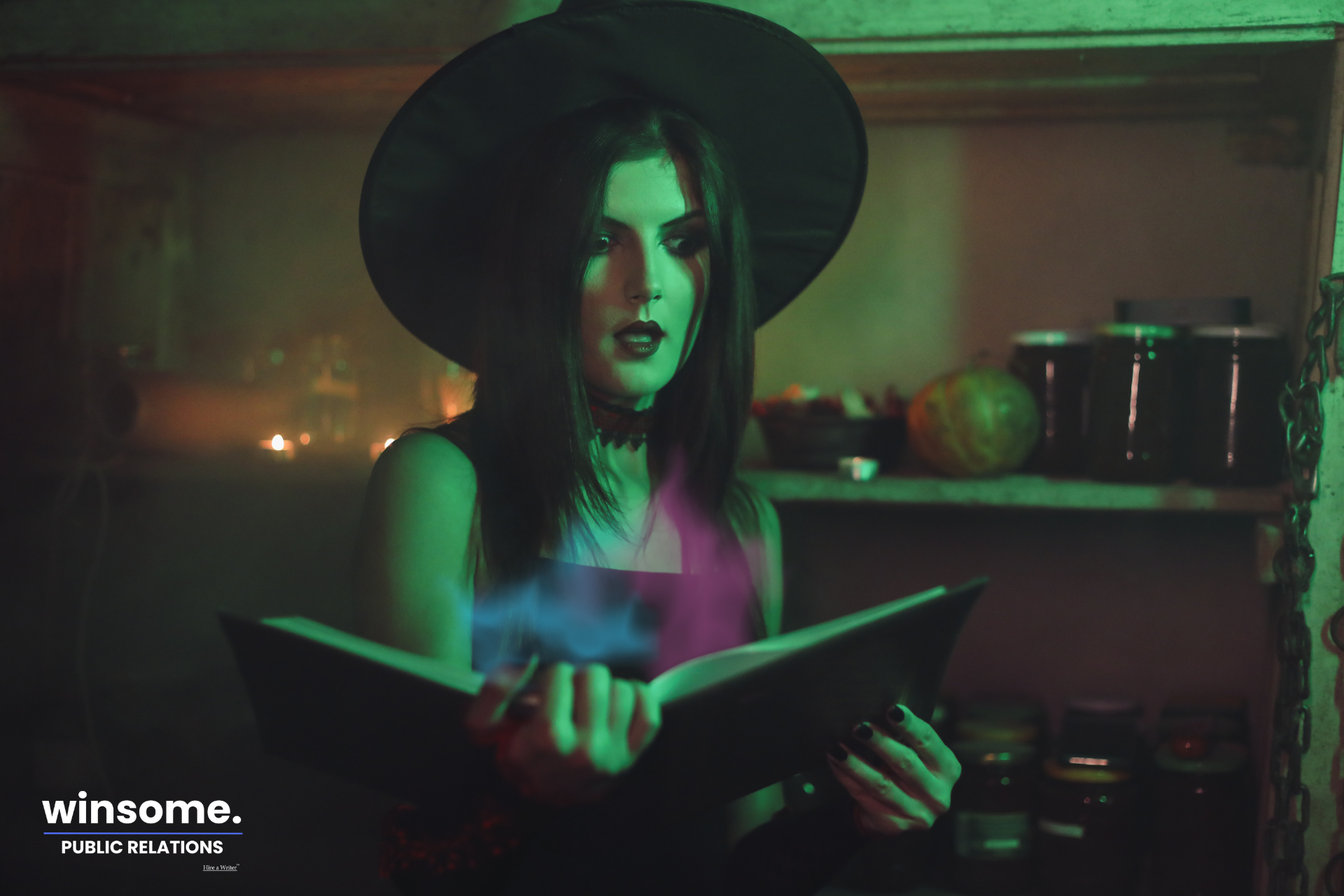Super Bowl Brands Take Multi-Platform Campaigns to the Next Level
Look, the Super Bowl has always been about big moments—big plays, big ads, big… snacks. But guess what? This year, some brands are saying, “Hey, why...
5 min read
 Cassandra Mellen
:
Sep 29, 2025 7:17:14 PM
Cassandra Mellen
:
Sep 29, 2025 7:17:14 PM

So you want to know what's working in PR these days? Well, I could give you some fancy marketing jargon that sounds impressive but means absolutely nothing, or I could just tell you what actually works. Let's go with option two, shall we? Because nothing says "I'm a professional" like skipping all the buzzwords and getting straight to the point.
Look, we've all seen those painful celebrity endorsements where some poor A-lister is clearly reading cue cards for a product they've never used. It's like watching your kid tell you they didn't eat the cookies while their face is covered in chocolate.
Sleep Country Canada just nailed it by casting Eugene Levy as "Sleep Daddy" – a move that's as brilliant as it is slightly uncomfortable to say out loud. Levy isn't just a famous face; he's the perfect, trustworthy father figure who makes you feel safe about spending a third of your life unconscious on an expensive mattress.
The beauty of this approach isn't just in picking a celebrity. It's picking the right celebrity for the right message. When you're trying to get Canadians to take their sleep more seriously, you need someone who gives off "I've got wisdom to share" energy without being preachy. That's Eugene Levy in a nutshell.
What's even smarter is they're planning multiple appearances throughout the year, turning Levy into the sleep equivalent of that friend who keeps texting you about drinking water and getting enough sunlight. It's not a one-and-done deal, it's building a character that audiences will recognize and (hopefully) listen to.
Thinking about celebrity partnerships for your brand? Here's what actually matters:
Want to know a secret? Nobody cares about your product. What they care about is themselves and their problems. That's why smart PR campaigns don't lead with product features. They lead with human insights.
Both campaigns we're looking at absolutely crushed it here:
Sleep Country's campaign is built on the tension that while most of us know sleep is important, we treat it like that friend we always say we'll catch up with but never do. Their national survey revealed only 16% of Canadians say they have a "very good" relationship with sleep. That's not just a stat – that's a story. That's the PR equivalent of finding out 84% of people are ghosting the one thing that keeps them alive.
KitKat went even harder with the data, uncovering that 95% of Gen Z Canadians reach for their phones the moment they take a break (higher than the national average of 80%). Two-thirds use their phones even when they planned not to. And here's the kicker: one in two say that instead of feeling recharged, their phone breaks leave them feeling distracted, stressed, or even sad. Only 37% of Gen Z say phone use during breaks has no effect on how they feel, compared to 51% of Gen X and 64% of Boomers, suggesting younger generations feel the digital drain more.
That's not just market research, that's the backbone of a cultural conversation. It's the difference between saying "Our chocolate bar tastes good" and "We've identified a legitimate mental health concern affecting an entire generation, and we might have a small way to help."
Here's what made these data-driven campaigns work:
The days of "let's just send out a press release and hope for the best" are as dead as my hopes of ever having abs again. Modern PR campaigns need to work across earned, owned, and paid media with the precision of a Swiss watch or a Canadian curling team.
KitKat's campaign was explicitly described as "earned-first," showing how the PR strategy drove the broader marketing approach rather than being tacked on at the end. This is a huge shift from the old days when PR was brought in after the TV commercial was already shot.
Both campaigns were orchestrated by PR agencies. These aren't just publicity machines. They're communication partners who know how to make a story travel across channels.
The secret sauce for cross-channel success seems to be:
If "everyone" is your target audience, no one is your target audience. What these campaigns did brilliantly was narrow their focus to speak directly to specific groups.
KitKat went laser-focused on Gen Z, designing their entire campaign around the specific ways younger Canadians use (and misuse) their phones during breaks. The campaign directly addressed their pain points and even offered a concrete incentive – 67% of respondents said they'd be more likely to take a phone-free break if there were an incentive, so KitKat literally offered them free chocolate bars delivered to their doors.
Sleep Country took a slightly broader approach but still focused on the significant portion of Canadians who know they should care more about sleep quality but don't take action.
The takeaway for marketers:
What's actually working in PR in 2025 isn't rocket science. It's just smart communication. It's taking the basics of good storytelling and adapting them to how people consume media now.
The most successful campaigns, like Sleep Country and KitKat, aren't doing anything wild; they're just executing perfectly. They find real human insights and pair them with creative ideas, all while making sure the message shows up everywhere their audience is looking.
If there's one thing to take away, it's this: the best PR doesn't feel like PR at all. It feels like a brand actually noticed something important about your life and decided to join the conversation in a helpful way. Kind of like that friend who shows up with exactly what you need, exactly when you need it – even if what you need is just a chocolate bar and permission to put your damn phone down for five minutes.
Want to create a PR campaign that actually cuts through the noise? Drop us a line at Winsome Marketing today. We'll help you find your brand's version of Sleep Daddy or screen time stats that make reporters sit up and take notice. No marketing buzzwords, just results that don't suck.
.png)
Look, the Super Bowl has always been about big moments—big plays, big ads, big… snacks. But guess what? This year, some brands are saying, “Hey, why...
.png)
You know what's ridiculous? This whole "brand personality" thing. Everyone's talking about it like it's some revolutionary concept. "Oh, your brand...

PR isn’t rocket science. In fact, the principles are pretty simple when you think about it—just look at Wicked. It’s got all the ingredients for good...